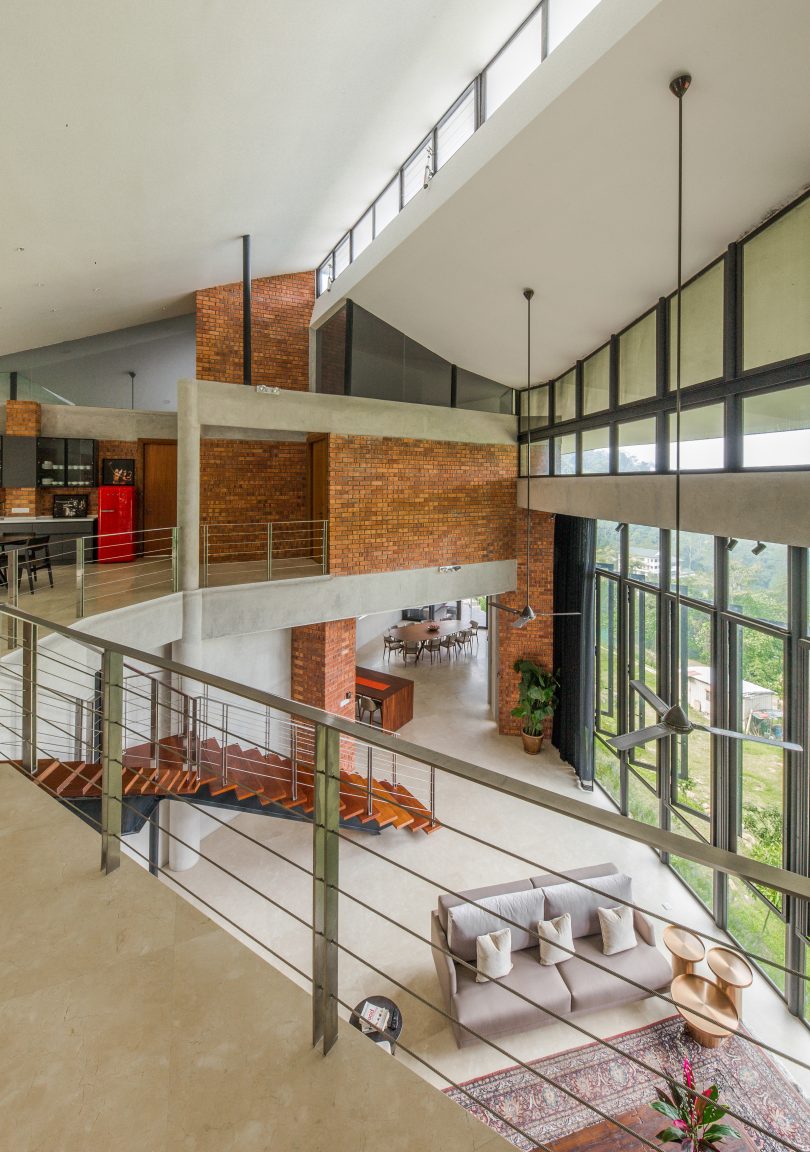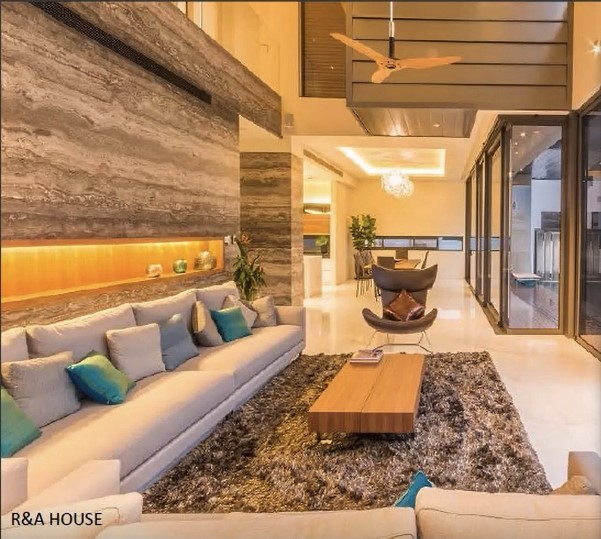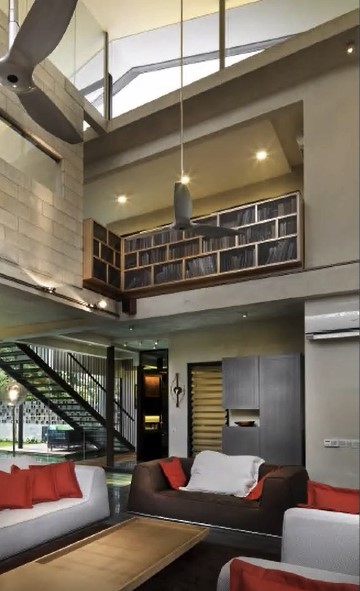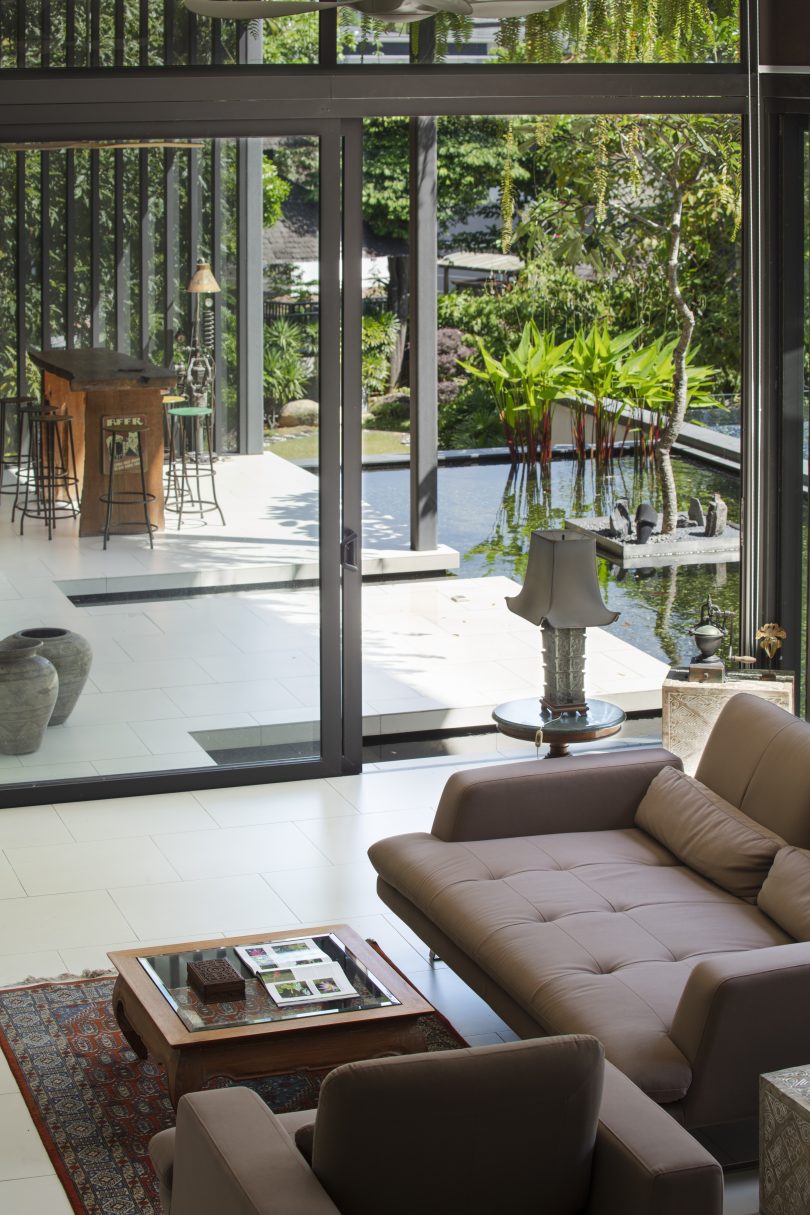by Melvyn J Kanny
With the movement control order 2.0 (MCO 2.0) being put back into place in Malaysia, the outside world may seem mired in anxiety and our homes are where we feel the safest. Residential design, therefore, needs to be both comfortable and adaptable, designed to suit the daily functional needs of the occupants, and yet be flexible enough to adapt to changes when the need arises.
To enhance well-being and comfort, architects can apply the concept of biophilic design that aims to incorporate nature into spaces. This is accomplished by providing direct access to and views of nature, using building materials and features that both mimic and respect the surrounding ecosystem.
In many places in Malaysia and Southeast Asia in general, especially on hilly landscapes, the outdoor environment is usually more pleasant than the indoor environment where there are cool breezes; the temperature is usually a few degrees lower. In these sites, architects will usually lean towards open designs.
Also, tropical landscapes are beautiful in their own right. They offer architects the opportunity to experiment with the possibilities to integrate nature into residential spaces. Rooms can be interconnected in a way that provides a flow and visual connection with the outdoor.

The AV room at the Funnel House with an open-plan design
These days, with the continued work-from-home scheme, we see spaces function as offices. These rooms are often equipped with an AV (audio visual) such as in the Funnel House example above. This kind of room is usually sealed off for proper acoustic and lighting, but here, the AV room’s design is open, with curtains when more privacy is needed. This design can connect the work space with the rest of the house and the natural surroundings. The visual connection is not limited to the garden but also towards the sky.

Blurring the boundary between indoor and outdoor
The second method is to create indoor spaces that ‘borrow’ the outdoor areas—in other words, to make outdoor spaces as an extension of the indoors. For example, in the design of the Canopy House below, the boundary between a living room and the balcony is blurred by the use of frameless glass doors. When this kind of boundary disappears, the living room seems to extend to the balcony all the way out to the landscape.

The living room at the Canopy House
Water elements can also be an option to make the indoor-outdoor dichotomy become ambiguous; frameless glass doors are ideal in creating this impression. This way, the pool seems to be integrated with the layout and the water can actually flow into the room.

Incorporating water elements into the design
There are many other methods to invite nature into the house such as by using full floor-to-ceiling windows in different areas of the house; by creating courtyards and double or triple volume spaces; by engaging a good landscaper; and by using natural materials that weather well or materials that do not require a finishing or coating and will look even better with time. – Presented to Construction+ by Melvyn J Kanny; reported by Anisa Pinatih
About the presenter:
 Melvyn J Kanny is an award-winning architect with multiple recognitions such as the Asia Pacific Property Awards, PAM Commendation Awards, PAM Gold Awards and Silver Awards. His philosophy includes designing sustainable development within the context of the tropics, pushing the boundaries of design trends and keeping the ‘Malaysian identity’ as a constant factor in local architecture. Melvyn graduated from the Bartlett School of Architecture in 1990 and postgraduate studies in Southbank University London. He returned to Malaysia in 1993 and started working with a few architectural practices before starting his own practice in 2003. He is passionate about sustainability and how being ecologically sensitive to the environment can point to new directions in architecture.
Melvyn J Kanny is an award-winning architect with multiple recognitions such as the Asia Pacific Property Awards, PAM Commendation Awards, PAM Gold Awards and Silver Awards. His philosophy includes designing sustainable development within the context of the tropics, pushing the boundaries of design trends and keeping the ‘Malaysian identity’ as a constant factor in local architecture. Melvyn graduated from the Bartlett School of Architecture in 1990 and postgraduate studies in Southbank University London. He returned to Malaysia in 1993 and started working with a few architectural practices before starting his own practice in 2003. He is passionate about sustainability and how being ecologically sensitive to the environment can point to new directions in architecture.

 Malaysia
Malaysia Hong Kong
Hong Kong Indonesia
Indonesia Tiếng Việt
Tiếng Việt ประเทศไทย
ประเทศไทย
























